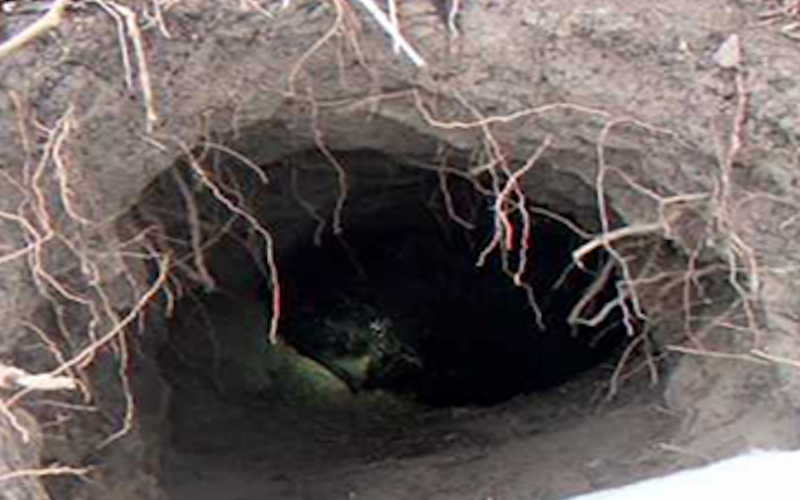Photography is all about freezing heartfelt moments into memories forever. There are some special moments in life which you always want to cherish and relive. A picture with a loved one makes you relive your old memories. When you capture the moment in photography it is so much more than just pointing the camera at a scene and clicking the shutter button. It is about understanding that moment, identifying the elements that make up that moment and just as important elements within a scene that don’t.
I really think that everyone, including me, knows that bears go into hibernation during the winter, staying underground after eating where it is warm and comfortable. Bears often stay in hibernation for several months at a single time, but not a lot of people know exactly what staying underground in hibernation entails. Few people have managed to get close enough to a bear’s hibernation den to get a closer look at what these furry giants do when they hibernate. Recently, however, an intrepid explorer did just that.
A photographer recently found a bear’s hibernation den and decided to crawl in to get a better view on the space (SEE PHOTO). The retreat was relatively tiny, and the entrance itself seemed far too small for a bear to use. However, the size of the hole is made small on purpose, as it allows cold air to stay away from the space within. A closer look showed that the space was also purposely small. One bear could fit inside, staying in there for upwards of seven months.
The smaller size of the den makes it easier for temperatures to stay high.After the photographer took the shots, people estimated the dimensions in centimeters. The main chamber where the bear hibernates was found to be roughly three and a half feet by three feet. This is a relatively tight fit for a larger animal, but the bear does not need as much space to sleep in. From the smaller, tighter main fit to the tiny opening, heat retention is a definite goal when bears search for their hibernation dens.











